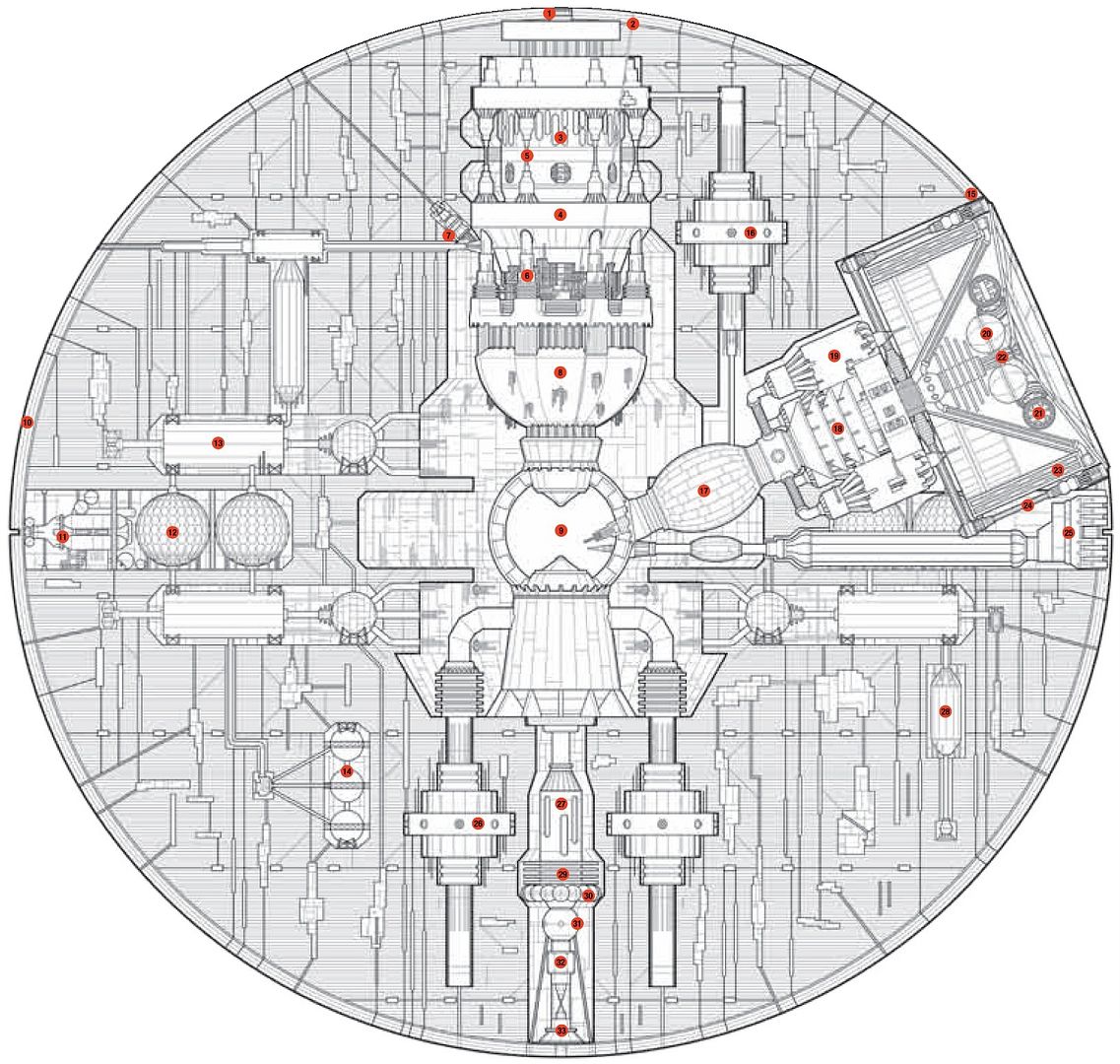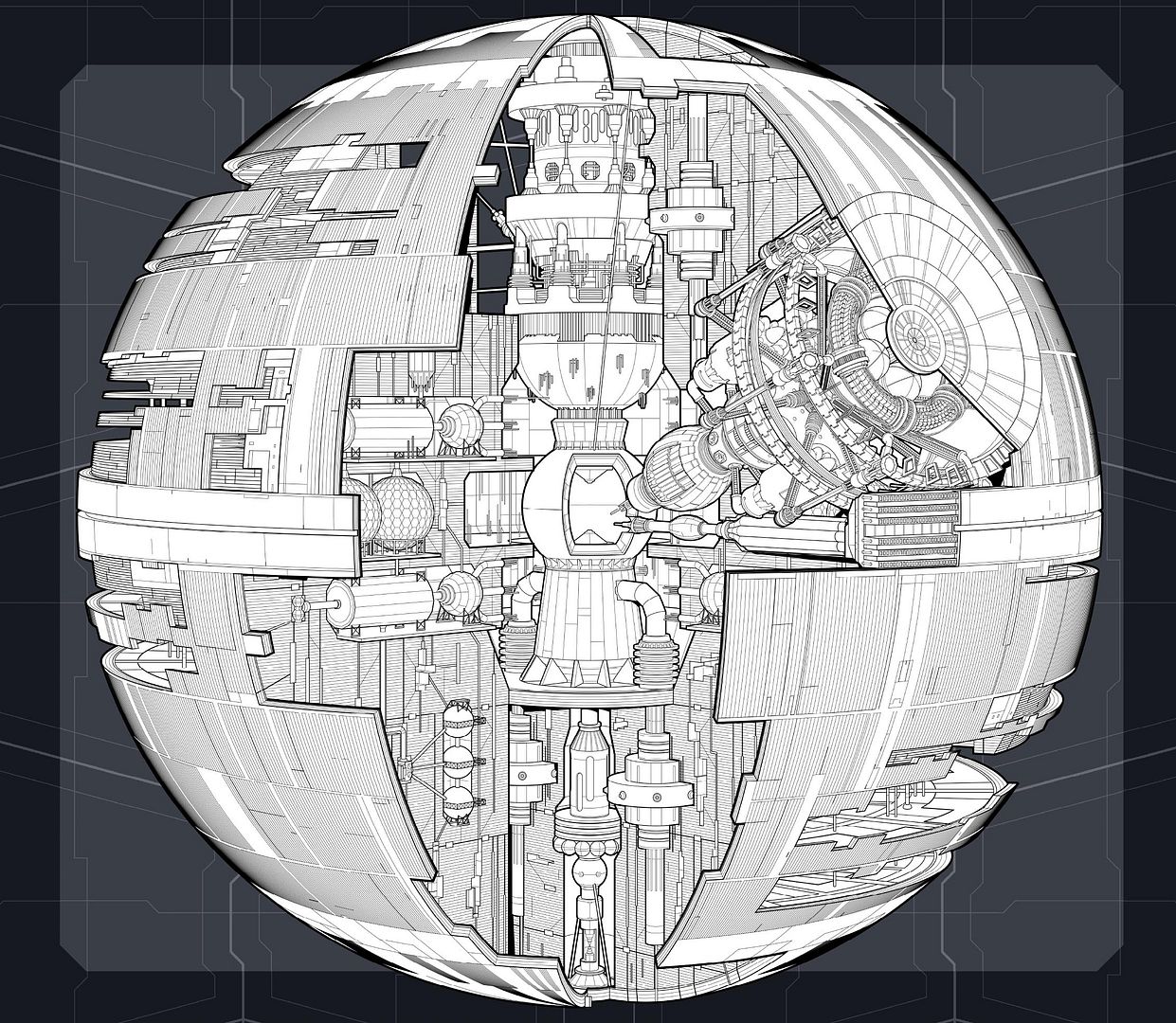Well, with the humongous sized space station from ST Beyond, the Feds are shown as being able to build large structures in space. Now, all they need to do is attach impulse and warp propulsions.
I remember CJ Cherry having carrier starships that had three externally carried combatant spacecraft affixed to their hulls. The craft were called Outriders.
Big difference in SW vs. ST combat is that ST can fire at very long ranges like 300,000 km or more while SW favors knife fights as very close visual ranges though the can blast a relatively fixed object like a planet at standoff ranges.
I remember CJ Cherry having carrier starships that had three externally carried combatant spacecraft affixed to their hulls. The craft were called Outriders.
Big difference in SW vs. ST combat is that ST can fire at very long ranges like 300,000 km or more while SW favors knife fights as very close visual ranges though the can blast a relatively fixed object like a planet at standoff ranges.




